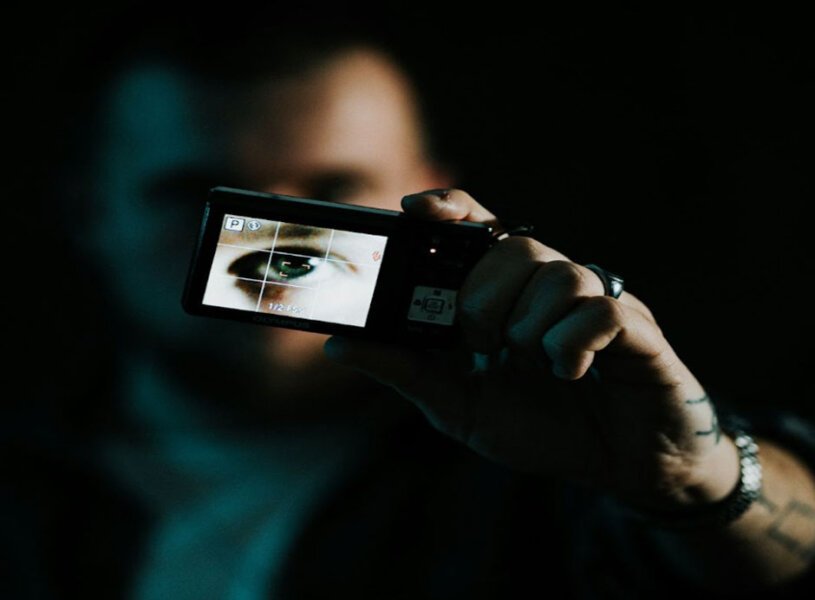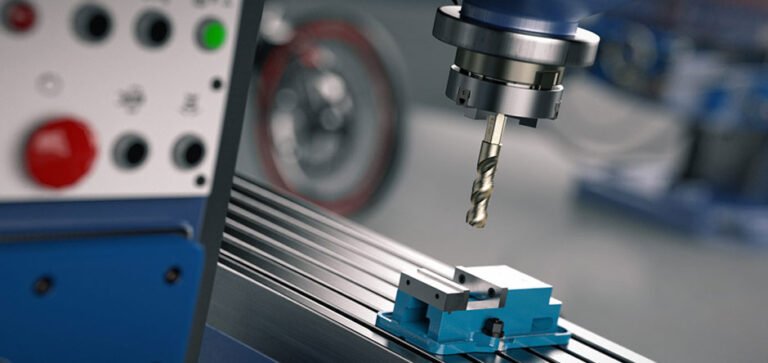Active Liveness Detection vs Passive Liveness Detection: A Comparative Analysis
Active Liveness Detection and Passive Liveness Detection serve essential roles in digital identity verification since secure authentication depends on them during this electronic age. Biometric security demands proper recognition of Active and Passive Liveness Detection because they influence the prevention of fraudulent access.
What Is Liveness Detection?
The security process of liveness detection verifies genuine biometric samples from live users instead of recorded or imposter images or data. The key security feature of biometric systems relies on this technology because it blocks unauthorized access and identity theft.
Liveness detection technology exists in two distinct forms Active Liveness Detection and Passive Liveness Detection. Security enhancement occurs through two separate methods with their distinct operational characteristics.
Active Liveness Detection
Active Liveness Detection requires the user to perform specific actions to confirm their presence. To prevent authentication circumvention by fraudsters, the system requires users to blink their eyes or provide vocal commands along with head movements, thus making static images or deepfake technology useless.
Common Methods of Active Liveness Detection:
- Eye Blinking: Users are prompted to blink, a movement that cannot be easily replicated in a photo or mask.
- Facial Expression Analysis: The system may ask users to smile or frown, confirming real-time responsiveness.
- Head Movements: Users are required to turn their heads in specific directions.
- Speech Recognition: The user may need to speak a phrase to verify voice authenticity.
- Touchscreen Interaction: Some systems require swiping or tapping in a specific pattern.
Pros of Active Liveness Detection:
- High Accuracy: Effectively distinguishes real users from fraudulent attempts.
- Defends Against Sophisticated Spoofing: Active participation makes it harder for fraudsters to use high-quality masks or deepfakes.
- Real-Time Verification: Authentication happens instantly.
- Enhanced Security: Requires real-time user interaction, reducing the risk of spoofing.
Cons of Active Liveness Detection:
- User Participation Needed: The verification process must be taken in parts by the user, which often causes delays.
- Possible Delays: Extra steps may slow down the authentication.
- Inconvenience: Some users might find this process bothersome or disruptive due to verifying it repeatedly.
Passive Liveness Detection
Passive Liveness Detection works silently in the background. It analyzes biometric data without requiring user interaction. This method improves user experience by eliminating extra steps while still ensuring security.
Common Methods of Passive Liveness Detection:
- Facial Feature Analysis: This looks at small movements or changes in the face.
- Gesture Recognition: It also recognizes natural hand movements and changes in how the person sits or stands.
- Voice Recognition: The technology examines the pitch and tone of the voice. It also distinguishes patterns in how one speaks.
- Heart Rate Monitoring: It uses sensors to track changes in the heart rate of the user.
- Thermal Imaging: The refinement in the tech can also measure changes in body temperature to confirm someone’s presence.
Pros of Passive Liveness Detection:
- Non-Disruptive: Users are verified without having to take any specific steps.
- Quicker Authentication: The validation process occurs smoothly in the background.
- Seamless User Experience: No active participation is required.
- High Accuracy: Effectively detects real users without added friction.
- Low User Friction: Reduces resistance to biometric authentication.
Cons of Passive Liveness Detection:
- Vulnerability to Advanced Spoofing: High-quality deepfakes or sophisticated attacks may still pose a risk.
- Sensor Dependence: Performance relies on the accuracy of biometric sensors of the detectors.
- Potential Privacy Concerns: Continuous biometric monitoring is required, which may raise concerns.
- Resource-Intensive: Requires significant processing power and technology investments.
Choosing Between Active and Passive Liveness
Liveness detection software selection depends on the individual security requirements of your organization. The Active Liveness Detection solution should be used for high-security applications like banking, which needs real-time authentication to stop fraudulent activities. The interface may inconvenience those who want to browse applications without needing authentication checks.
The Passive Liveness Detection solution serves applications that need to maintain user-friendly operations, particularly in mobile authentication and surveillance systems. Users experience easy authentication through this method, although they need strong technological systems to prevent attackers from spoofing the system.
Benefits of Advanced Liveness Detection Software
Enhanced biometric security takes shape when modern liveness detection software integrates the best features of active and passive liveness detection. The combination of advanced algorithms in modern liveness detection systems enables exact and quick verification without affecting user ease of use.
Key Advantages:
- Advanced Spoofing Prevention: The system prevents deepfake attacks through its ability to scan facial microscopic movements against spoofing attempts.
- On-Premises Deployment: Secure biometric data storage happens through On-Premises Deployment because this method prevents reliance on outside servers.
- Optimized Performance: The system function operates at peak performance levels without creating annoying delays in authentication processes.
- Enhanced Privacy: The enhancement focuses on privacy by tackling persistent biometric tracking procedures, which leads to improved data protection and better user trust.
Conclusion
The security of biometric authentication systems depends on understanding how Active Liveness Detection is distinguished from Passive Liveness Detection. The security level from active detection surpasses passive detection, although the latter maintains a frictionless user experience.
A modern approach to liveness detection software eliminates the need for organizations to choose between security and user convenience. Advanced technology protects against identity fraud while making it easy to authenticate users. With advanced liveness detection, businesses can improve security without making it difficult for users. This is an essential part of today’s digital world.







